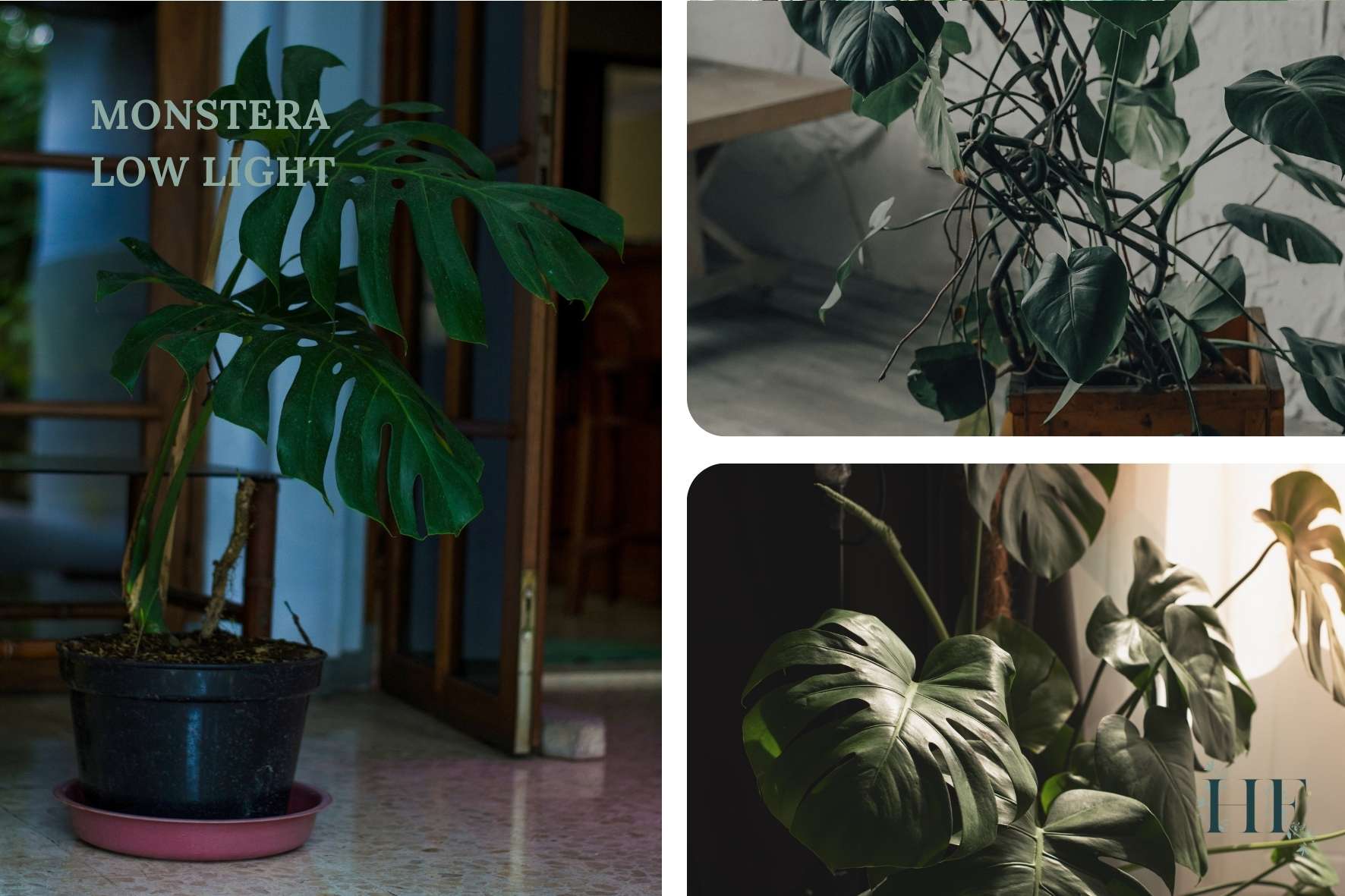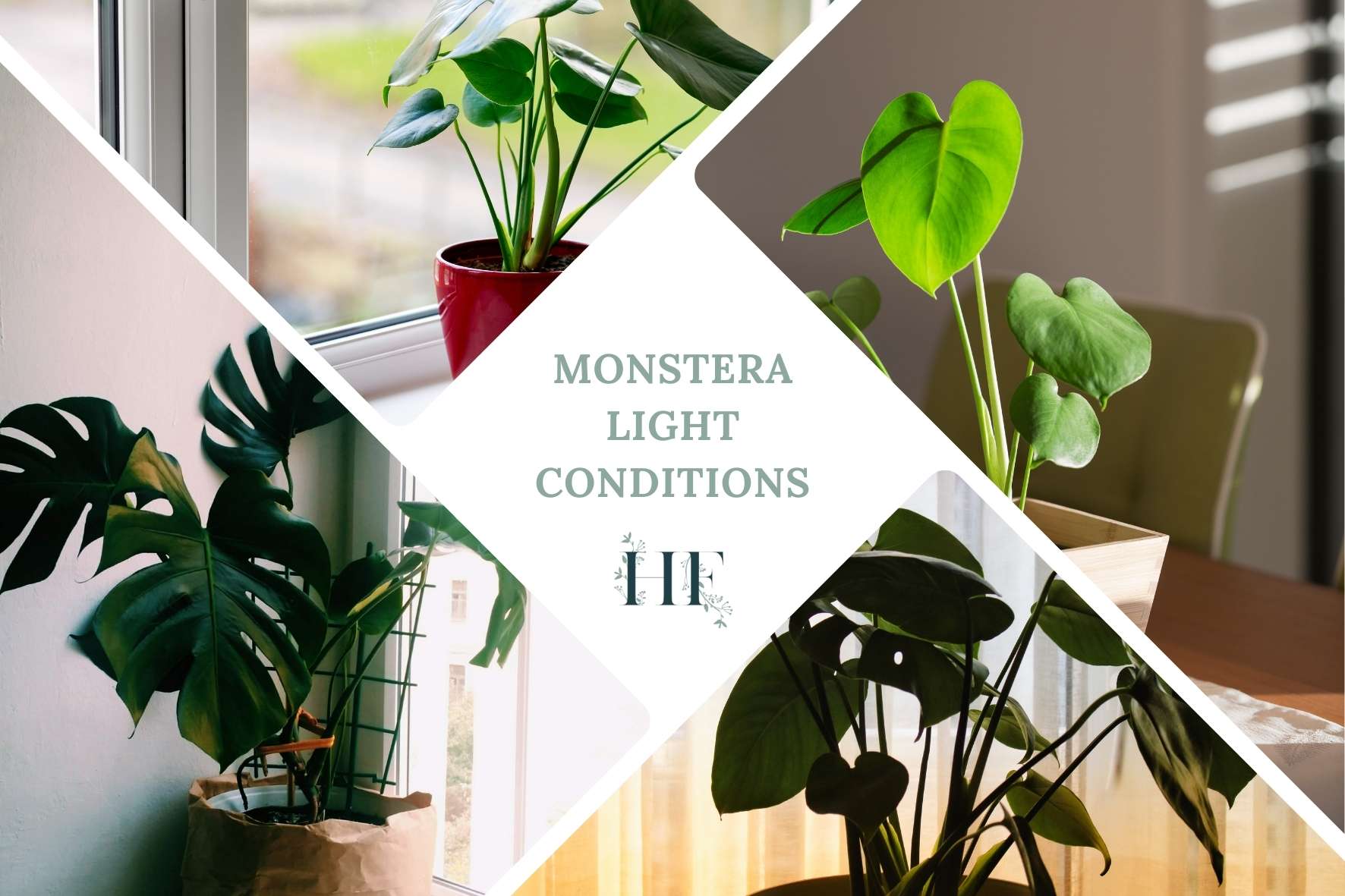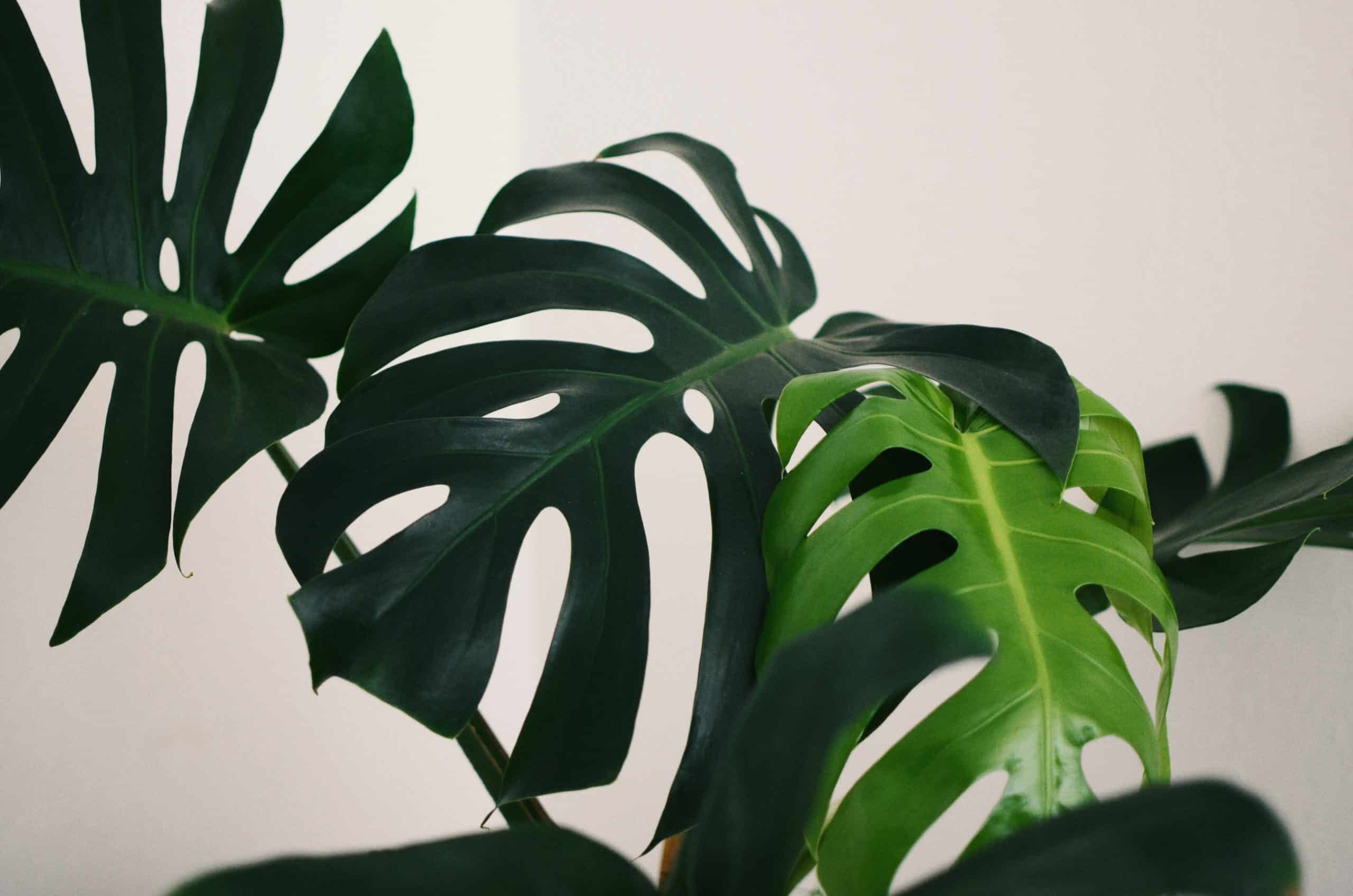Are you struggling to give your Monstera the right amount of light? This tropical plant can be finicky when it comes to sunlight. Here’s a comprehensive guide to help you understand the type of light Monsteras need and how to provide it.
Not all light is created equal, and Monsteras need bright, indirect light to thrive. Avoid placing them in direct sunlight, as this can scorch their leaves. Choose a spot near a window that gets plenty of natural light, but doesn’t get too much direct sunlight.
If you don’t have a window that gets enough natural light, you can supplement with artificial light. Use a grow light that emits bright, white light. Place the light about 6 inches away from the plant and keep it on for 12-14 hours per day.
Too little light can be just as harmful as too much light. If your Monstera is not getting enough light, it will start to show signs of distress such as yellowing leaves, stunted growth, and leggy stems. If you see any of these signs, move the plant to a brighter location.

What Kind of Light Does A Monstera Need?
Monstera deliciosa, commonly known as the Swiss Cheese Plant, is a popular tropical plant known for its large, deeply lobed leaves with natural holes or fenestrations. Native to the rainforests of Central and South America, Monstera plants thrive in warm, humid environments with bright, indirect light.
Understanding the ideal lighting conditions for Monstera is crucial for its optimal growth and overall health. Monstera plants prefer bright, indirect light that mimics their natural habitat under the canopy of the rainforest. Direct sunlight can scorch the delicate leaves, causing brown spots or even sunburn.

The Benefits of Providing the Right Light for Monstera
Providing the right kind of light for Monstera is essential for several reasons. First and foremost, adequate light promotes healthy leaf growth and development. Without sufficient light, the plant may struggle to produce new leaves or existing leaves may become stunted or malformed.
Secondly, proper lighting plays a vital role in photosynthesis, the process by which plants convert light energy into chemical energy. Photosynthesis provides the plant with the necessary nutrients and sustenance for growth and survival.

Signs of Light Problems in Monstera
Monstera plants exhibit certain signs when they are not receiving the right amount of light. Too much direct sunlight can cause the leaves to turn brown or develop scorched patches. Conversely, too little light can lead to yellowing leaves, leggy growth patterns, and a lack of new leaf production.
If you notice any of these signs, it’s important to adjust the plant’s light exposure accordingly. Monstera plants prefer bright, indirect light, so moving them to a location that provides this type of lighting can help resolve light-related issues.

Tips for Providing the Right Light for Monstera
To provide the right kind of light for your Monstera, consider the following tips:
- Place your Monstera near a window that receives bright, indirect light. Avoid direct sunlight, especially during the hottest hours of the day.
- If natural light is limited, you can supplement with artificial light using grow lights. Choose a grow light that emits bright, white light and place it about 6 inches away from the plant.
- Keep the light on for 12-14 hours per day to mimic the natural light cycle.
By following these tips, you can ensure that your Monstera receives the optimal lighting conditions it needs to thrive and bring a touch of the rainforest into your home.
Lighting and Monstera Fenestrations
The unique fenestrations or holes in Monstera leaves are a defining characteristic of this plant. While the exact reason for these fenestrations is not fully understood, it is believed that they play a role in light regulation.
By allowing light to pass through the holes, fenestrations help to reduce the intensity of direct sunlight and create a more diffused light environment for the plant. This allows the Monstera to absorb the necessary light for photosynthesis while minimizing the risk of sunburn.

Conclusion of What Kind Of Light Does A Monstera Need
Providing the right kind of light for Monstera plants is crucial for their optimal growth and well-being. By understanding the plant’s natural habitat and light requirements, you can create an environment that mimics the rainforest and promotes healthy leaf development and overall plant vitality.
Remember, bright, indirect light is key for Monstera, and by following the tips and recommendations outlined in this article, you can provide your Monstera with the ideal lighting conditions for it to thrive in your home.
